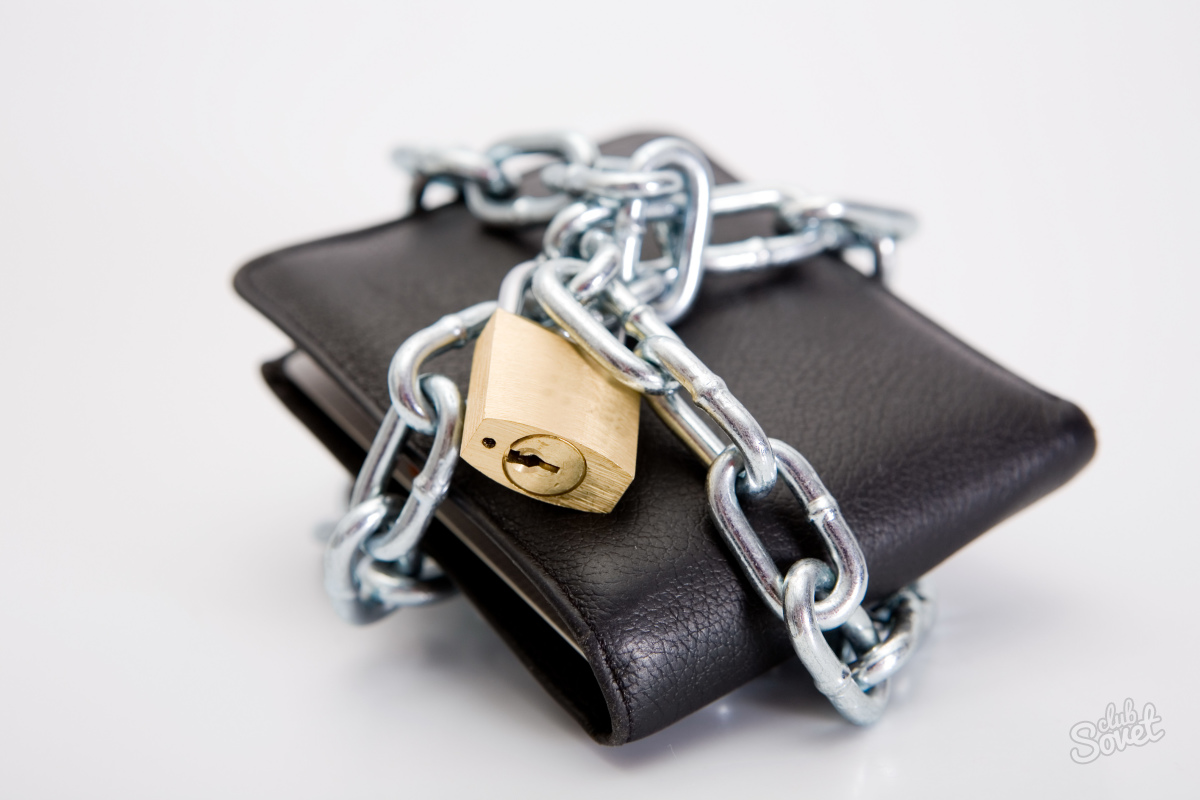Modern life has developed in such a way that most people cannot buy household appliances, a car, an apartment without taking out a loan. When a credit organization considers an application for a loan, the bank assesses the solvency of the borrower. The bank understands the solvency of the client that after paying the installment on the loan, he should have 50% of the funds for utilities, food, etc. However, circumstances may arise for the borrower in such a way that he can no longer repay the loan or make monthly payments in full.
If the borrower overdue the next payment or did not repay the loan on time, large penalties are charged to him. If the client does not pay the loan for several months, the bank has the right to demand early repayment of the loan or sue the debtor. Therefore, if unforeseen circumstances arise, the borrower must immediately contact the credit institution and report the problem. The main reasons for insolvency are job loss and health problems; in this case, banks meet their clients halfway and offer a debt restructuring program. When debt is restructured, the payment schedule is revised, as well as the monthly installments are reduced. The loan repayment period increases from 6 months. up to 3 years. These conditions are beneficial for both parties. The borrower can repay smaller amounts without fear of penalties, and the bank will still receive its funds, only later. Restructuring is carried out for clients who are ready to pay the loan, and not hide from the bank, and who also have a good credit history.



To repay a loan in one bank, you can apply for a loan in another. If the loan was taken on the security of a car or apartment, you can pay off the debt by selling the mortgaged property.



